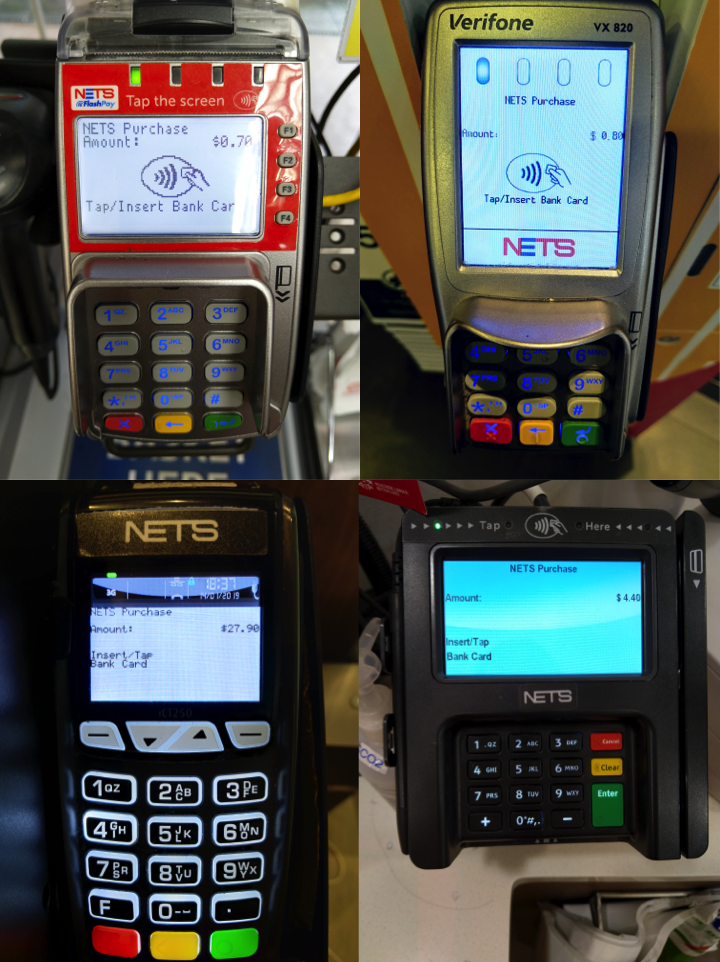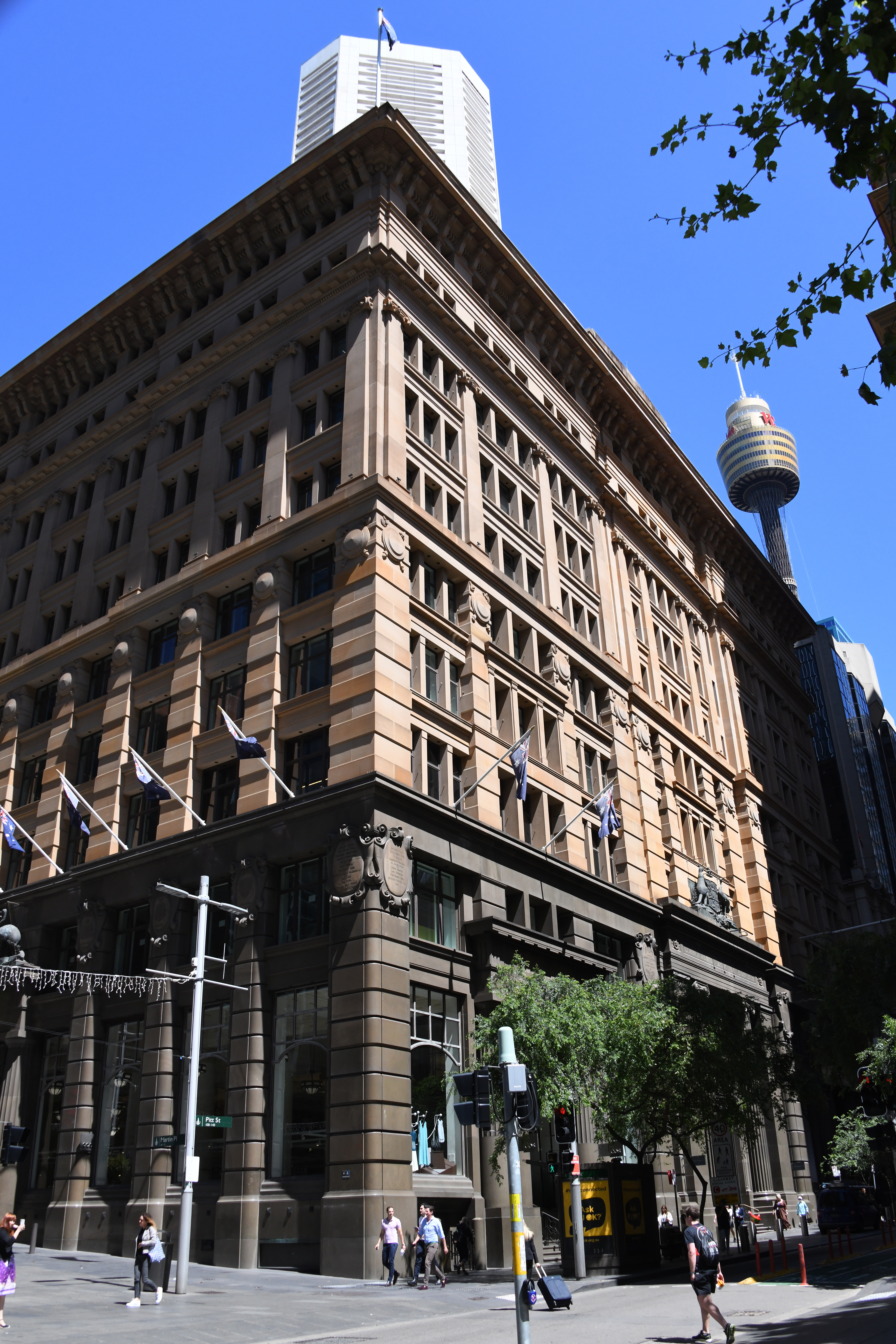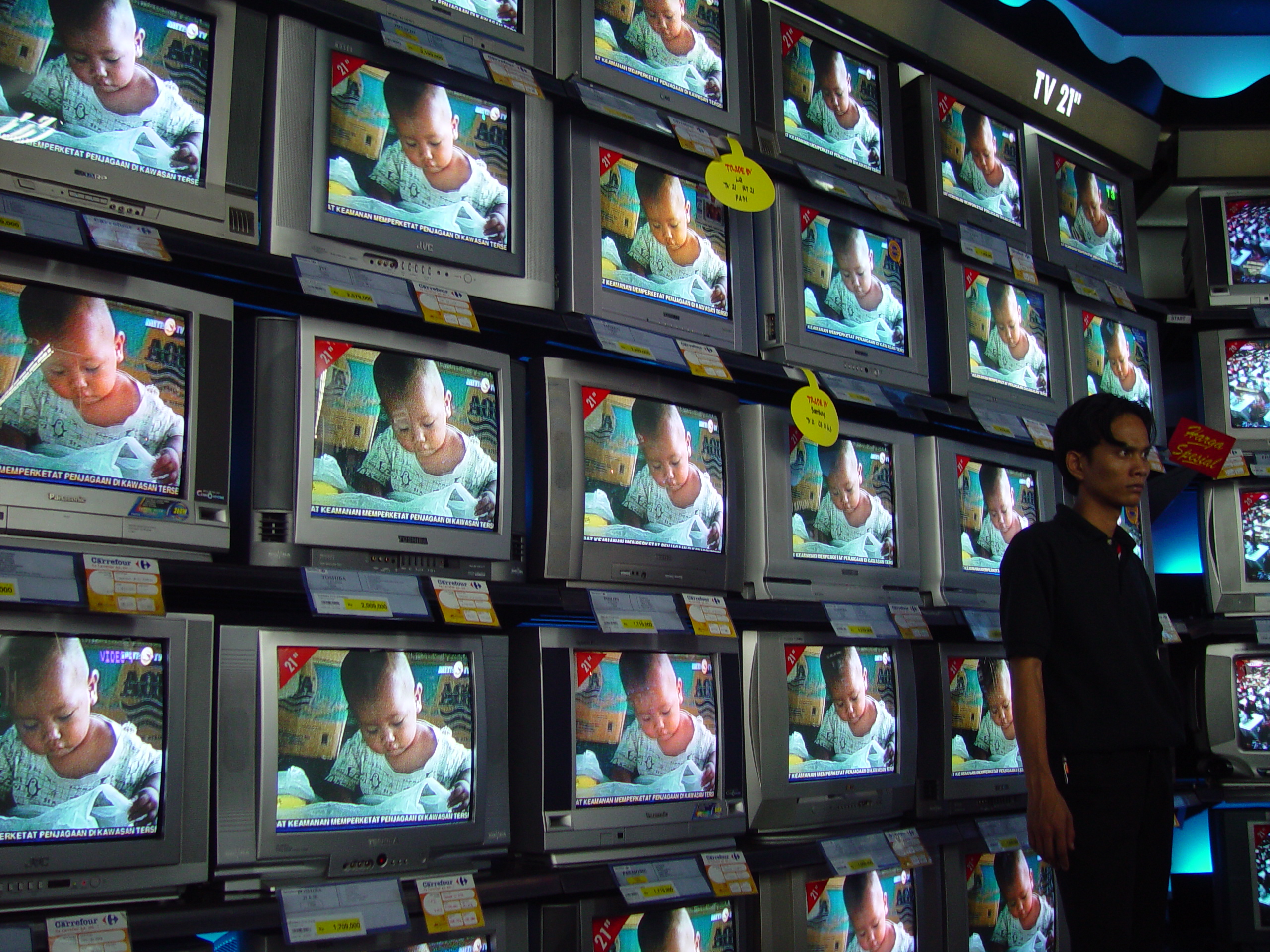|
Bankcard
Bankcard was a shared brand credit card issued by financial institutions in Australia and New Zealand between 1974 and 2006. It was managed by the ''Bankcard Association of Australia'', a joint venture of Australia's largest banks, and was the nation's first mass market credit card. Before 1974, only store cards, Diners Club and American Express were available in Australia and these were either restrictive or only accessible to the wealthy. In the first decade after its introduction, Bankcard dominated the Australian credit card market, with more than five million cardholders at its peak in 1984.Bankcard victim of credit card war , bandt.com.au, Retrieved 20 August 2009 As a result of a declining cardholder base, falling transaction volumes and shrinking market share in relation to internationally accepted credit ... [...More Info...] [...Related Items...] OR: [Wikipedia] [Google] [Baidu] |
Bankcard Standard Logo
Bankcard was a shared brand credit card issued by financial institutions in Australia Australia, officially the Commonwealth of Australia, is a Sovereign state, sovereign country comprising the mainland of the Australia (continent), Australian continent, the island of Tasmania, and numerous List of islands of Australia, sma ... and New Zealand between 1974 and 2006. It was managed by the ''Bankcard Association of Australia'', a joint venture of Australia's largest banks, and was the nation's first mass market credit card. Before 1974, only store cards, Diners Club and American Express were available in Australia and these were either restrictive or only accessible to the wealthy. In the first decade after its introduction, Bankcard dominated the Australian credit card market, with more than five million cardholders at its peak in 1984. [...More Info...] [...Related Items...] OR: [Wikipedia] [Google] [Baidu] |
Visa Inc
Visa Inc. (; stylized as ''VISA'') is an American multinational financial services corporation headquartered in San Francisco, California. It facilitates electronic funds transfers throughout the world, most commonly through Visa-branded credit cards, debit cards and prepaid cards. Visa is one of the world's most valuable companies. Visa does not issue cards, extend credit or set rates and fees for consumers; rather, Visa provides financial institutions with Visa-branded payment products that they then use to offer credit, debit, prepaid and cash access programs to their customers. In 2015, the Nilson Report, a publication that tracks the credit card industry, found that Visa's global network (known as VisaNet) processed 100 billion transactions during 2014 with a total volume of US$6.8 trillion. This article is authored by a ''Forbes'' staff member. Visa was founded in 1958 by Bank of America (BofA) as the BankAmericard credit card program. Available through ... [...More Info...] [...Related Items...] OR: [Wikipedia] [Google] [Baidu] |
EFTPOS
Electronic funds transfer at point of sale (EFTPOS; ) is an electronic payment system involving electronic funds transfers based on the use of payment cards, such as debit or credit cards, at payment terminals located at points of sale. EFTPOS technology was developed during the 1980s. In Australia and New Zealand, it is also the brand name of a specific system used for such payments; these systems are mainly country-specific and do not interconnect. In Singapore, it is known as NETS. Debit and credit cards are embossed plastic cards complying with ISO/IEC 7810 ID-1 standard. The cards have an embossed bank card number conforming with the ISO/IEC 7812 numbering standard. History EFTPOS technology originated in the United States in 1981 and was rolled out in 1982. Initially, a number of nationwide systems were set up, such as ''Interlink'', which were limited to participating correspondent banking relationships, not being linked to each other. Consumers and merchants were s ... [...More Info...] [...Related Items...] OR: [Wikipedia] [Google] [Baidu] |
Credit Card
A credit card is a payment card issued to users (cardholders) to enable the cardholder to pay a merchant for goods and services based on the cardholder's accrued debt (i.e., promise to the card issuer to pay them for the amounts plus the other agreed charges). The card issuer (usually a bank or credit union) creates a revolving account and grants a line of credit to the cardholder, from which the cardholder can borrow money for payment to a merchant or as a cash advance. There are two credit card groups: consumer credit cards and business credit cards. Most cards are plastic, but some are metal cards (stainless steel, gold, palladium, titanium), and a few gemstone-encrusted metal cards. A regular credit card is different from a charge card, which requires the balance to be repaid in full each month or at the end of each statement cycle. In contrast, credit cards allow the consumers to build a continuing balance of debt, subject to interest being charged. A credit car ... [...More Info...] [...Related Items...] OR: [Wikipedia] [Google] [Baidu] |
Commonwealth Bank
The Commonwealth Bank of Australia (CBA), or CommBank, is an Australian multinational bank with businesses across New Zealand, Asia, the United States and the United Kingdom. It provides a variety of financial services including retail, business and institutional banking, funds management, superannuation, insurance, investment and broking services. The Commonwealth Bank is the largest Australian listed company on the Australian Securities Exchange as of August 2015 with brands including Bankwest, Colonial First State Investments, ASB Bank (New Zealand), Commonwealth Securities (CommSec) and Commonwealth Insurance (CommInsure). Its former constituent parts were the Commonwealth Trading Bank of Australia, the Commonwealth Savings Bank of Australia, and the Commonwealth Development Bank. Founded in 1911 by the Australian Government and fully privatised in 1996, the Commonwealth Bank is one of the " big four" Australian banks, with the National Australia Bank (NAB), ANZ and Wes ... [...More Info...] [...Related Items...] OR: [Wikipedia] [Google] [Baidu] |
Demographics Of Australia
The population of Australia is estimated to be as of . The population estimate shown is automatically calculated daily at 00:00 UTC and is based on data obtained from the population clock on the date shown in the citation. Australia is the 55th most populous country in the world and the most populous Oceanian country. Its population is concentrated mainly in urban areas, particularly on the Eastern, South Eastern and Southern seaboards, and is expected to exceed 28 million by 2030. Australia's population has grown from an estimated population of between 300,000 and 1,000,000 Indigenous Australians at the time of British colonisation in 1788 due to numerous waves of immigration during the period since. Also due to immigration, the European component's share of the population rose sharply in the late 18th and 19th centuries, but is now declining as a percentage. Australia has an average population density of persons per square kilometre of total land area, which makes it one ... [...More Info...] [...Related Items...] OR: [Wikipedia] [Google] [Baidu] |
Consumer Debt
In economics, consumer debt is the amount owed by consumers (as opposed to amounts owed by businesses or governments). It includes debts incurred on purchase of goods that are consumable and/or do not appreciate. In macroeconomic terms, it is debt which is used to fund consumption rather than investment. The most common forms of consumer debt are credit card debt, payday loans, student loans and other consumer finance, which are often at higher interest rates than long-term secured loans, such as mortgages. Long-term consumer debt is often considered fiscally suboptimal. While some consumer items such as automobiles may be marketed as having high levels of utility that justify incurring short-term debt, most consumer goods are not. For example, incurring high-interest consumer debt through buying a big-screen television "now", rather than saving for it, cannot usually be financially justified by the subjective benefits of having the television early. In many countries, the ... [...More Info...] [...Related Items...] OR: [Wikipedia] [Google] [Baidu] |
Financial Regulation
Financial regulation is a form of regulation or supervision, which subjects financial institutions to certain requirements, restrictions and guidelines, aiming to maintain the stability and integrity of the financial system. This may be handled by either a government or non-government organization. Financial regulation has also influenced the structure of banking sectors by increasing the variety of financial products available. Financial regulation forms one of three legal categories which constitutes the content of financial law, the other two being market practices and case law. History In the early modern period, the Dutch were the pioneers in financial regulation. The first recorded ban (regulation) on short selling was enacted by the Dutch authorities as early as 1610. Aims of regulation The objectives of financial regulators are usually: * market confidence – to maintain confidence in the financial system * financial stability – contributing to the protection and e ... [...More Info...] [...Related Items...] OR: [Wikipedia] [Google] [Baidu] |
Virtual Economy
A virtual economy (or sometimes synthetic economy) is an emergent economy existing in a virtual world, usually exchanging virtual goods in the context of an online game, particularly in massively multiplayer online games (MMOs). People enter these virtual economies for recreation and entertainment rather than necessity, which means that virtual economies lack the aspects of a real economy that are not considered to be "fun" (for instance, avatars in a virtual economy often do not need to buy food in order to survive, and usually do not have any biological needs at all). However, some people do interact with virtual economies for "real" economic benefit. Despite primarily dealing with in-game currencies, this term also encompasses the selling of virtual currency for real money, in what is sometimes called "open centralised marketplaces". Overview Virtual economies are observed in MUDs and massively multiplayer online role-playing games (MMORPGs). The largest virtual economies ... [...More Info...] [...Related Items...] OR: [Wikipedia] [Google] [Baidu] |
RMIT
RMIT University, officially the Royal Melbourne Institute of Technology,, section 4(b) is a public research university in Melbourne, Australia. Founded in 1887 by Francis Ormond, RMIT began as a night school offering classes in art, science, and technology, in response to the industrial revolution in Australia. It was a private college for more than a hundred years before merging with the Phillip Institute of Technology to become a public university in 1992. It has an enrolment of around 95,000 higher and vocational education students, making it the largest dual-sector education institution in Australia. With an annual revenue of around A$1.5 billion, it is also one of the wealthiest universities in Australia. It is rated a five star university by Quacquarelli Symonds (QS) and is ranked 15th in the World for art and design subjects in the QS World University Rankings, making it the top art and design university in Australia and Oceania. The main campus of RMIT is situate ... [...More Info...] [...Related Items...] OR: [Wikipedia] [Google] [Baidu] |
Gerry Harvey
Gerry Harvey (born 18 September 1939) is an Australian entrepreneur best known for being the executive chairman of Harvey Norman Holdings, a company which runs Australian retail chain Harvey Norman. He co-founded it with Ian Norman in 1982. Biography Harvey was born in rural New South Wales and attended school at Bathurst and Katoomba before moving to Sydney to go to university when he was 17, but he dropped out. He got his start early, selling vacuum cleaners and fridges door-to-door for Goodwins of Newtown. When he was younger, Harvey was determined to be a farmer. Harvey first met Ian Norman while both were working as door-to-door vacuum salesmen. They partnered to open their first store in Sydney in 1961. The chain, which was called Norman Ross, expanded to forty-two stores with annual sales of 240 million by 1979. This company was sold in 1982 to firstly Grace Bros. for $23 million, then was onsold to Alan Bond's Walton Bond company. After that transaction was com ... [...More Info...] [...Related Items...] OR: [Wikipedia] [Google] [Baidu] |
Consumerism
Consumerism is a social and economic order that encourages the acquisition of goods and services in ever-increasing amounts. With the Industrial Revolution, but particularly in the 20th century, mass production led to overproduction—the supply of goods would grow beyond consumer demand, and so manufacturers turned to planned obsolescence and advertising to manipulate consumer spending. In 1899, a book on consumerism published by Thorstein Veblen, called ''The Theory of the Leisure Class'', examined the widespread values and economic institutions emerging along with the widespread "leisure time" at the beginning of the 20th century. In it, Veblen "views the activities and spending habits of this leisure class in terms of conspicuous and vicarious consumption and waste. Both relate to the display of status and not to functionality or usefulness." In economics, consumerism may refer to economic policies that emphasise consumption. In an abstract sense, it is the consideration th ... [...More Info...] [...Related Items...] OR: [Wikipedia] [Google] [Baidu] |






